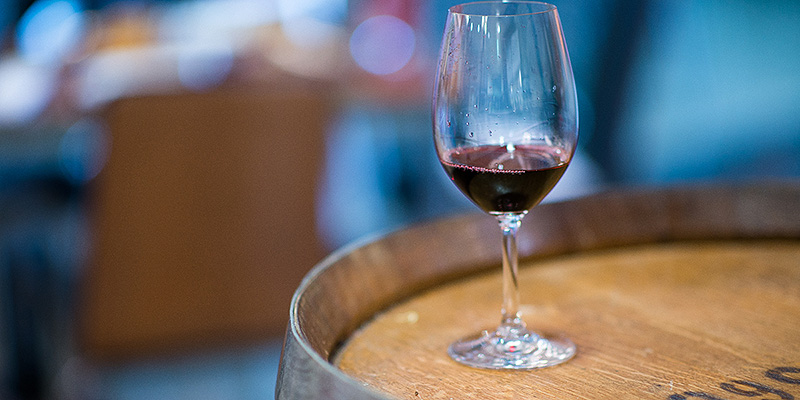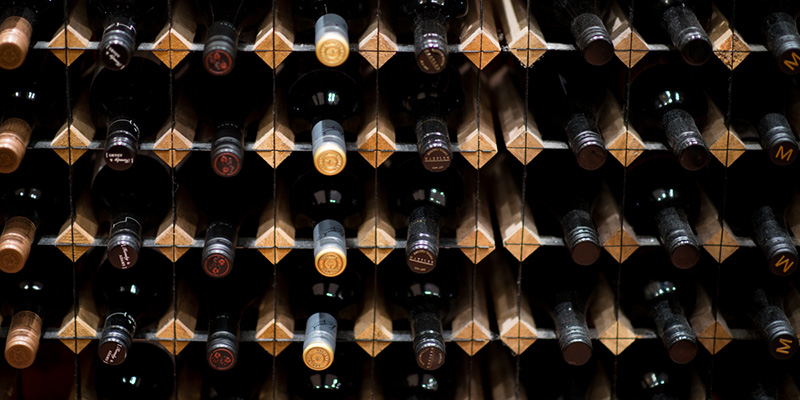
Remember that nice bottle of red you were given for a birthday milestone? Then remember how you thought to yourself that you’d put it away and save it for a special occasion, only to open it years later to find out it was ruined? A sad tale indeed. In the interest of saving numerous poor mistreated wine bottles out there, here’s a few things you need to know.
Wine lovers around the globe age wine for one specific reason. Because they will be rewarded with a more complex and improved taste profile. Over time, flavours in the wine develop and combine, and tannins and acids soften, resulting in a far more balanced and enjoyable wine. Another more emotional reason is to be able to re-experience the romance of a certain wine or vintage that holds some sentimental significance. Or maybe they just forgot it was in the back of the cupboard. Either way, it is important to note that most wines are not made to be aged. In fact, only 1% of the world’s wine is intended to be cellared beyond 5 years. The vast majority of wines released onto the Australian marketplace are created to be consumed within a year or two.

With this is mind, let’s first look at a few general rules about what wines should be cellared. Only some white varieties are suitable for aging, and these include typically Chardonnay, Semillon, and Riesling. Most reds will benefit from a little extra time in the bottle, but as rule of thumb Cabernet Sauvignon, Shiraz or Pinot Noir varieties are ideally suited to cellaring. Beyond this, any variety with a combined strong level of tannins, acidity, alcohol or sugar will in theory have potential to improve with age, as all of these elements acts as preservatives. Interestingly, according to one of Australia’s largest cellaring companies Wine Ark, 60% of the Top 50 Australian Wines cellared in their storage facilities are from South Australia.
Once you decided on what wines you’d like to cellar, exactly how you store your precious wine is paramount. Any wines with corks must be laid down horizontally so the cork end doesn’t dry out (this is not an issue for screwcap wines). Somewhere cool, dry, still and dark is the ideal setting for your wine to go into hibernation. To achieve these conditions at home properly is difficult at best, so temperature controlled wine cabinets (set between 12-16 degrees) or wine storage companies are a great solution. Home storage is best in a insulated cellar, but under the stairs or in a cupboard can be an ok alternative as long as the temperature remains under 24 C and is and kept as constant as possible. Once the wines are sleeping, make sure to try a bottle every 6-12 months in order to keep track on how the wine is maturing.

To start off your wine cellaring journey, an iconic Coonawarra Cabernet from SA is a perfect choice as they are renowned for their aging prowess. A highly recommended Cab that not only over-delivers on price but is perfect to age is the 2012 Jim Brand Silent Partner Coonawarra Cabernet Sauvignon. The Brand family, with four generations of wine-making legacy, are regarded as one of the pioneers of the Coonawarra. This limited release premium recently received 94 points from James Halliday and made his top cellaring selections list and commented, “Study tannin holds fresh blackcurrant and boysenberry in firm place…it has mid- to long term cellarability oozing from its pores.” The best thing about this wine is can also be enjoyed right now, or if you have the patience until 2030. Whatever you do, please treat your lovely wine bottles with the care, and help avoid any future wine tragedy.

Jim Brand 2012 Silent Partner Coonawarra Cabernet Sauvignon – $29.99ea (Limited Stock Available)





